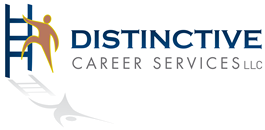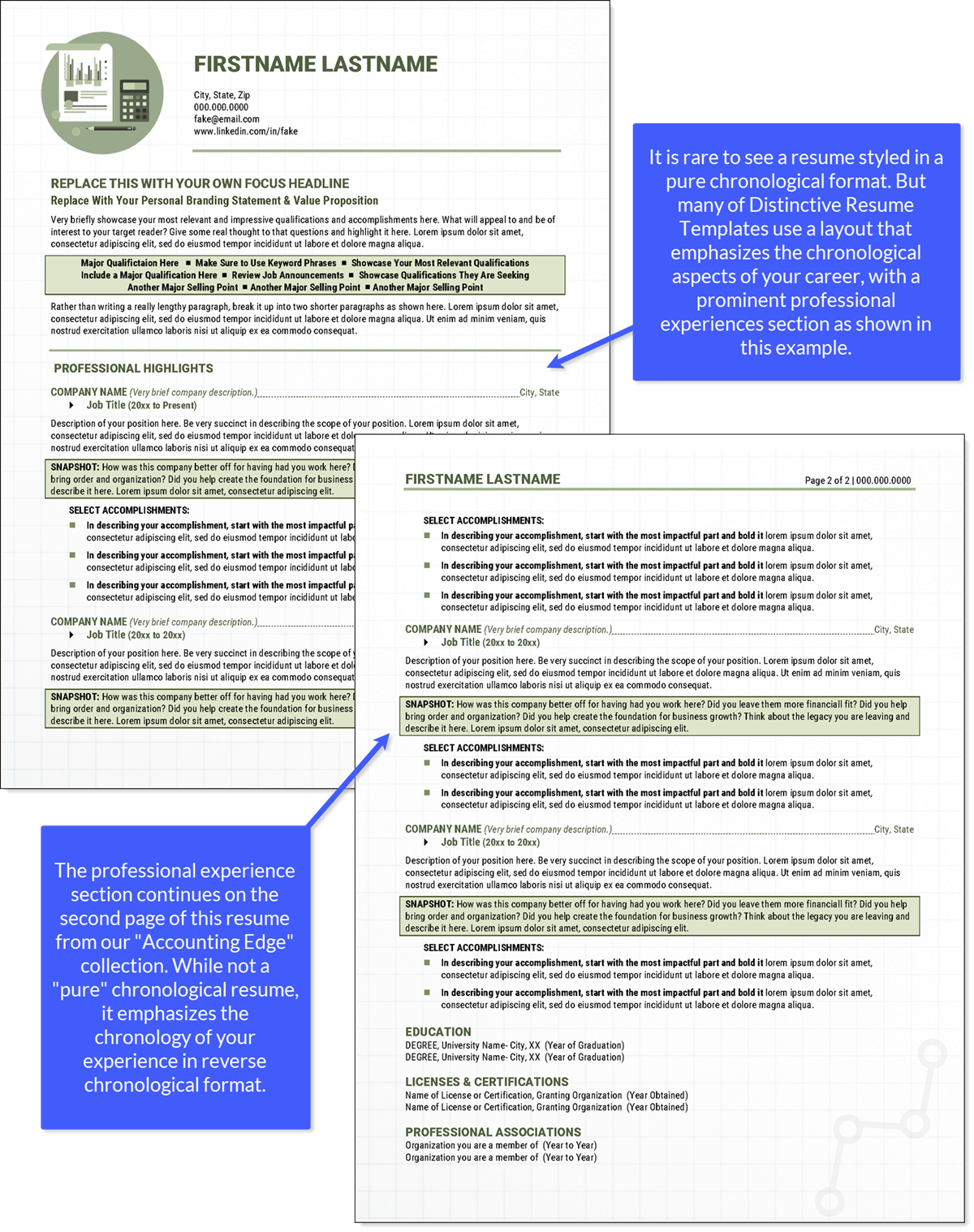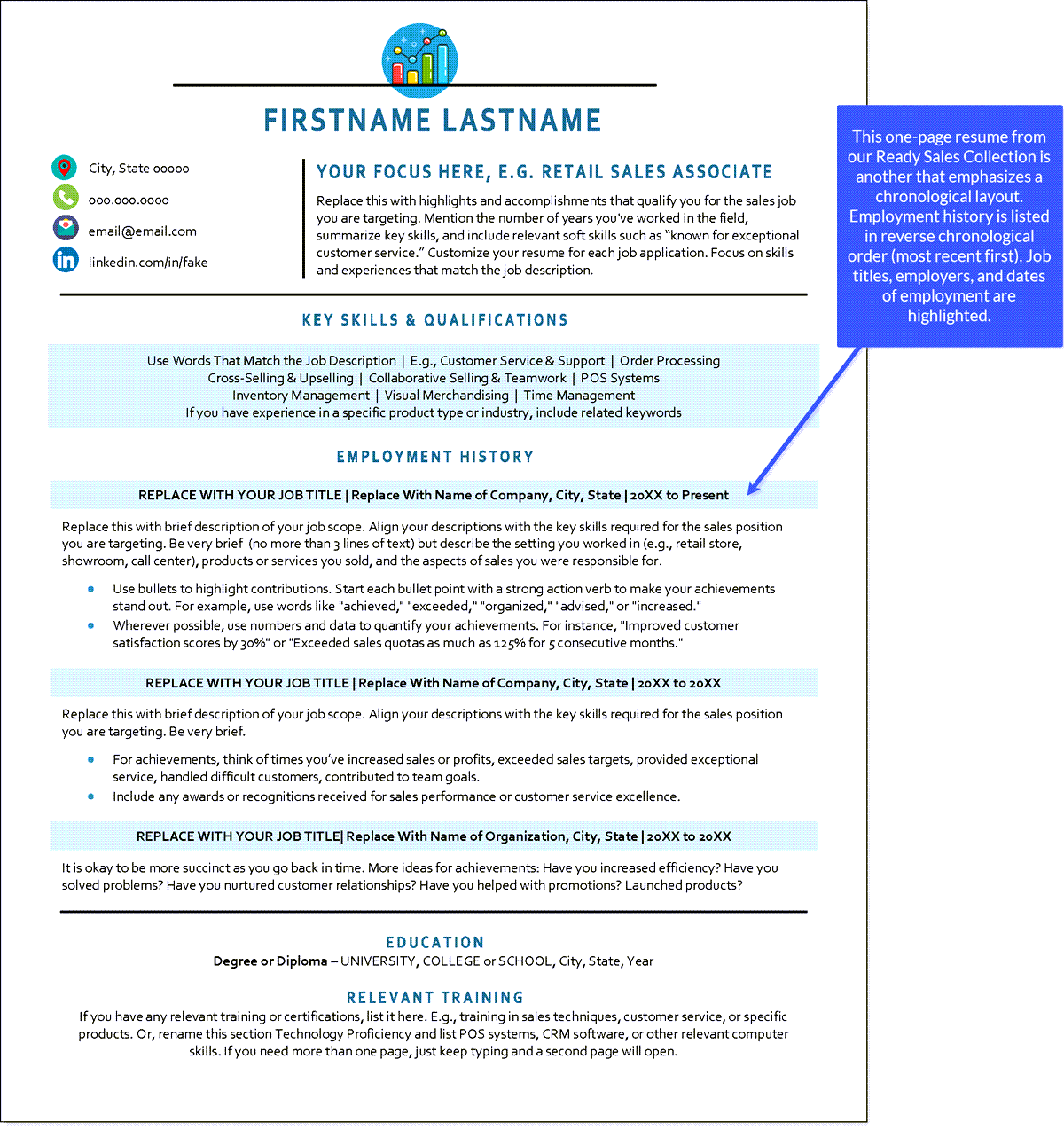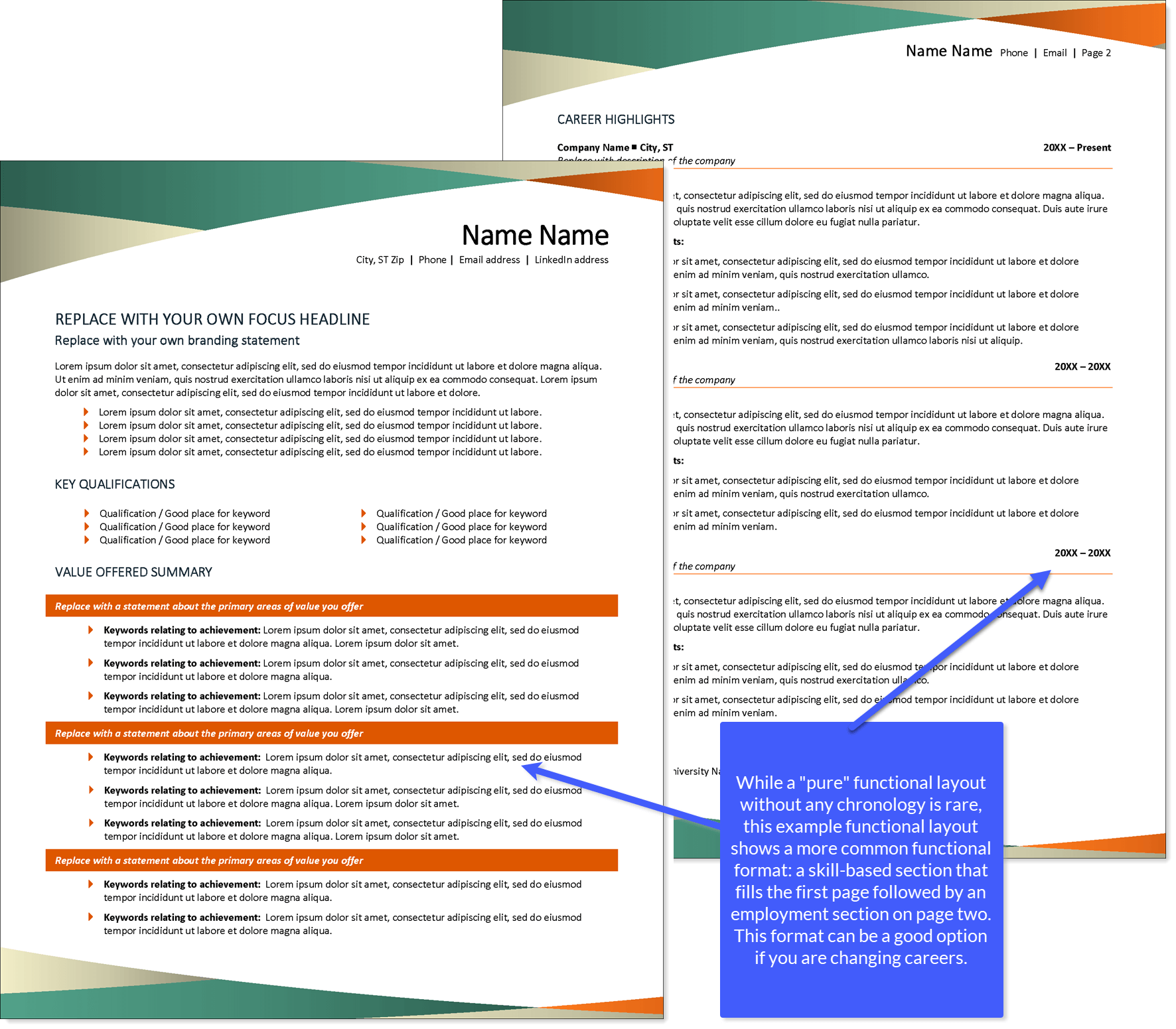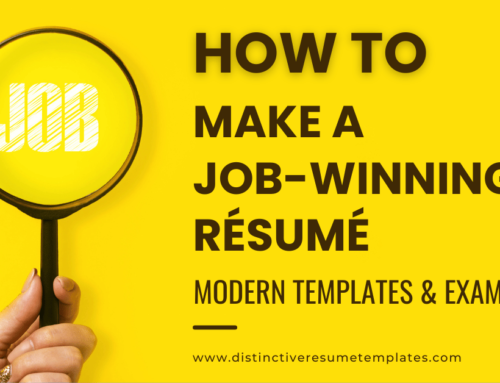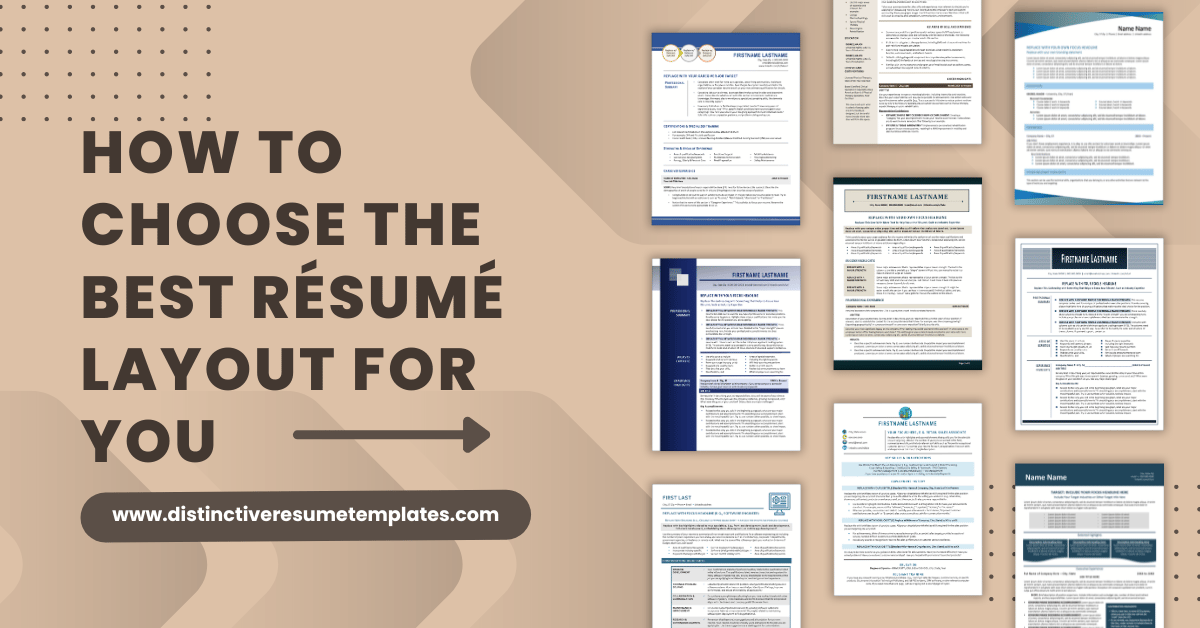
The impact of a well-crafted resume on your career prospects is immeasurable. It’s not just a summary of your work history; it’s a strategic tool that, when used correctly, opens doors to new career opportunities. The right resume layout does more than present your credentials—it enhances them, aligns them with your career aspirations, and ensures they resonate with hiring managers and ATS software alike.
Choosing the perfect resume layout involves more than opting for what looks appealing; it’s about selecting a resume design that effectively highlights your strengths and aligns with your career goals. The stakes are high, as the wrong choice can obscure your potential and deter job opportunities. Whether you’re climbing the career ladder, pivoting to a new industry, or seeking to highlight a diverse skill set, understanding the nuances of various resume layouts is crucial.
In this article, I’ll explore the three primary resume layouts: chronological, functional, and combination. I will also touch on more creative layouts and how, even within these three types, there’s a plethora of design possibilities tailored to showcase your professional journey effectively.
With this guidance, along with examples of each resume layout, you’ll be equipped to choose the resume layout that best showcases the information critical to achieving your career goals, ensuring that your first impression on paper is as impactful as possible.
Understanding Different Types of Resume Layouts
Selecting the right layout for your resume is pivotal for effectively showcasing your professional experiences and skills. Each layout is tailored to highlight different aspects of a your career trajectory and expertise.
Let’s delve into the specifics of each format—chronological, functional, and combination—and discuss when and why to use them.
Chronological Resume Layout
The chronological resume layout is the most traditional and widely recognized format. It lists your work history in reverse chronological order, starting with your most recent job at the top. This format straightforwardly showcases a clear timeline of your professional growth and progression through different roles and companies. Each job entry typically includes the position title, dates of employment, the company’s name, and its location, followed by job responsibilities and achievements.
Ideal for:
The chronological resume especially benefits individuals with a strong and steady work history. It is best suited for:
Disadvantages:
Despite its popularity and acceptance, the chronological resume layout is not without its shortcomings:
This example chronological layout resume is from our Accounting Edge collection which features a resume for accountants.
Best Practices:
To maximize the effectiveness of a chronological resume and mitigate some of its disadvantages, consider the following strategies:
By effectively leveraging the chronological format, you can present a compelling narrative of your professional journey that underscores your experience, achievements, and suitability for the role you are applying for.
The length of a resume doesn’t make a difference. Even a one-page resume can feature a layout that emphasizes work chronology, as shown by this sales associate resume.
Functional Resume Layout
The functional resume, also known as a skills-based resume, emphasizes your skills and abilities above all else. Rather than following the traditional chronological order of listing employment history, this format organizes your resume by specific skills or competencies, supported by examples of past accomplishments and experiences demonstrating these abilities. This style allows you to tailor your career narrative, focusing on your strengths and the unique qualities you bring to potential employers.
Ideal for:
The functional resume is particularly effective for job seekers who may not have a linear or traditional career path. It is advantageous for:
Disadvantages:
While a functional resume can be highly effective for some, it does carry certain disadvantages that are important to consider:
From our Pivot Collection, this functional format resume may be a good choice resume layout if you are changing careers as it allows you to focus on your skills and accomplishments rather than when and where they occurred.
Best Practices:
To mitigate some of the disadvantages of a functional resume, consider these tips:
By carefully crafting a functional resume that is both strategic in its skills presentation and mindful of the format’s potential pitfalls, you can create a compelling narrative highlighting your best professional self.
Combination Resume Layout
The combination resume layout merges the strengths of both chronological and functional formats. It begins by highlighting relevant skills and competencies in a distinct section at the top of the resume, followed by a professional experience section that details your work history in reverse chronological order. This format allows you to showcase both your robust skill set and your detailed work history, emphasizing your qualifications upfront while also providing the context of your career progression.
Ideal for:
This versatile layout is well-suited for a variety of job seekers, especially:
Highly versatile, this specialized resume template for DevOps engineers, illustrates the layout known as the combination layout.
Disadvantages:
While the combination resume is highly flexible, it has potential drawbacks to consider:
Best Practices:
To optimize the effectiveness of a combination resume, consider these guidelines:
By carefully structuring a combination resume, you can effectively spotlight both your diverse skill set and your progressive work history, making it a powerful tool for a wide range of job seekers aiming to capture the attention of potential employers.
Special Considerations for Creative Resume Layouts
Incorporating creative elements such as color and thoughtful design can significantly enhance a modern resume’s visual appeal and effectiveness, regardless of the industry. In days past, creative layouts might have been reserved for fields like artists or entertainers. Fast forward to the present, and modern resumes across virtually all professions can benefit from well-considered design touches.
Importance of Design in Modern Resumes
Design and layout in a resume do more than just make the document attractive. They can strategically draw the reader’s eyes to key parts of the resume, such as major achievements or skills, thus enhancing the resume’s ability to effectively communicate the candidate’s value proposition. Even in traditionally conservative fields, such as finance or engineering, a touch of design can help a resume stand out from a sea of standard formats.
Prioritizing Content Over Design
The first step in incorporating creative elements into your resume should always be solidifying your resume content. Once you have outlined your skills, experiences, and achievements, you can choose a layout that best showcases this content. A well-designed resume should highlight the most essential information and make it easily accessible, not overshadow it.
Navigating ATS Compatibility
While it’s true that ATS systems have historically had issues with overly designed resumes, the technology has evolved significantly. Modern ATS systems are capable of parsing a variety of formatting and design elements without issue. However, it’s crucial to understand what works and what doesn’t:
Myths and Misinformation about ATS
There is a plethora of outdated and incorrect information regarding ATS-friendly resumes. It’s important to differentiate between the limitations of older ATS systems, which struggled with anything beyond basic text, and modern systems, which are more adept at handling various elements. Here are a few points to clarify:
Resume layouts can be eye-catching and ATS-friendly, provided they are crafted thoughtfully. By understanding both the potential of modern resume design and the capabilities of current ATS technologies, you can create a document that is both visually appealing and effective in automated screening processes. Remember, the goal is to enhance your resume’s ability to communicate your qualifications, not to complicate it. When in doubt, simplicity coupled with strategic use of design elements is the best path forward.
Tips for Choosing the Right Resume Layout
When finalizing your resume layout, consider it a strategic tool to frame your professional narrative effectively. Here are some actionable tips, to help you choose the best resume layout that aligns with your career stage, industry norms, and personal branding. Here’s what to consider:
Consider Your Career Stage
Align with Industry Expectations
Reflect Your Personal Brand
The layout you choose should mirror the personal brand you want to convey. If you position yourself as an innovative thinker, some creative elements can be beneficial. Conversely, a straightforward and sleek design might better serve those emphasizing reliability and organization.
Match the Job Application Requirements
Tailor your resume to the specific job application. Review the job description carefully and reflect the required skills and experiences in your resume’s layout. For example, if a job emphasizes innovation and creativity, consider incorporating elements that reflect these traits in a tasteful manner.
Narrate Your Professional Journey
Decide what story you want your resume to tell. Do you want to highlight a trajectory of promotions within a field, or showcase diverse skills applicable across various roles? Choose a layout that best narrates this professional journey to your potential employers.
Elevate Your Career with the Perfect Resume Layout
Selecting the right resume layout isn’t just about fitting your experiences onto a page; it’s about choosing a framework that elevates your professional narrative and aligns with your career goals. Whether you opt for a chronological, functional, or combination layout, remember that the best resume is one that presents you in the most compelling light to potential employers.
Crafting a resume that stands out in today’s competitive job market requires more than just listing your job duties; it involves strategic presentation and thoughtful design. As we’ve discussed, each resume layout serves different purposes and suits different career needs. By choosing the layout that best fits your professional journey, you enhance your visibility and increase your chances of making a memorable first impression.
If you’re ready to create a resume that opens doors to new opportunities, explore our extensive collection at Distinctive Resume Templates. With hundreds of professionally designed templates that are both visually appealing and ATS-friendly, you can find the perfect layout that not only showcases your skills and experiences but also fits the narrative you want to present to employers. Our templates are crafted to help you highlight your professional achievements in the most effective way possible, ensuring that your resume not only looks great but is also tailored to meet the demands of today’s job market.
Don’t let the challenge of creating a standout resume hold you back from achieving your career aspirations. Visit Distinctive Resume Templates today and choose a template that will set the foundation for your success. Whether you’re updating your resume or crafting a new one, we have the tools to help you present your best self to potential employers. Start your journey to a brighter career future now!
